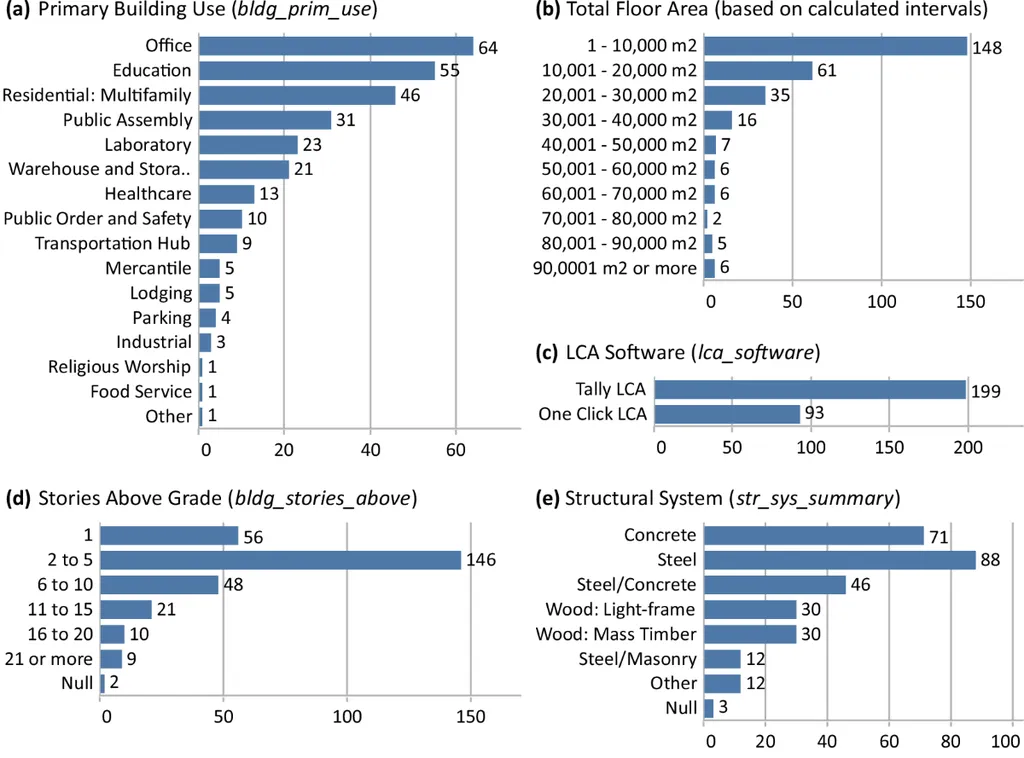In a groundbreaking move for the construction industry, researchers have compiled a comprehensive, open-access dataset of life cycle assessment (LCA) results for buildings across North America. This initiative, led by Brad Benke of the University of Washington, promises to revolutionize how designers, researchers, and policymakers approach sustainable building practices.
The dataset, published in the journal *Scientific Data* (translated from English as *Scientific Data*), is a harmonized collection of building design characteristics, life cycle inventories, and environmental impact assessment results for 292 building projects in the United States and Canada. What sets this dataset apart is its high resolution and non-aggregated nature, allowing for detailed analysis and comparisons across life cycle stages, building elements, and materials.
“Until now, industry-generated LCA results have been scattered and often kept private,” Benke explains. “This dataset fills a critical gap, providing a standardized, open-access resource that can drive sustainable design and construction practices.”
The implications for the energy sector are significant. By offering a detailed look at material use and environmental impacts, the dataset enables stakeholders to set performance targets, test new strategies, and make informed decisions that can reduce a building’s carbon footprint. For instance, designers can compare the environmental impacts of different materials and construction methods, allowing them to optimize designs for sustainability.
“This dataset is a game-changer,” says a senior sustainability consultant at a leading architectural firm. “It provides the transparency and data needed to push the industry towards more sustainable practices. We can now make evidence-based decisions that align with our environmental goals.”
The dataset includes over 90 building design and LCA features, offering a wealth of information for researchers and practitioners alike. By analyzing trends and distributions of material use and environmental impacts, stakeholders can identify areas for improvement and innovation.
As the construction industry continues to grapple with the challenges of sustainability, this dataset offers a beacon of hope. It provides a foundation for collaboration and innovation, enabling stakeholders to work together towards a more sustainable future. With this resource at their disposal, the industry can make significant strides in reducing the environmental impact of buildings, ultimately contributing to a greener, more sustainable world.
The dataset is now available for public use, inviting researchers, designers, and policymakers to explore its potential and contribute to the ongoing efforts to advance sustainable building practices. As Benke puts it, “This is just the beginning. We hope this dataset will inspire further research and collaboration, driving the industry towards a more sustainable future.”

